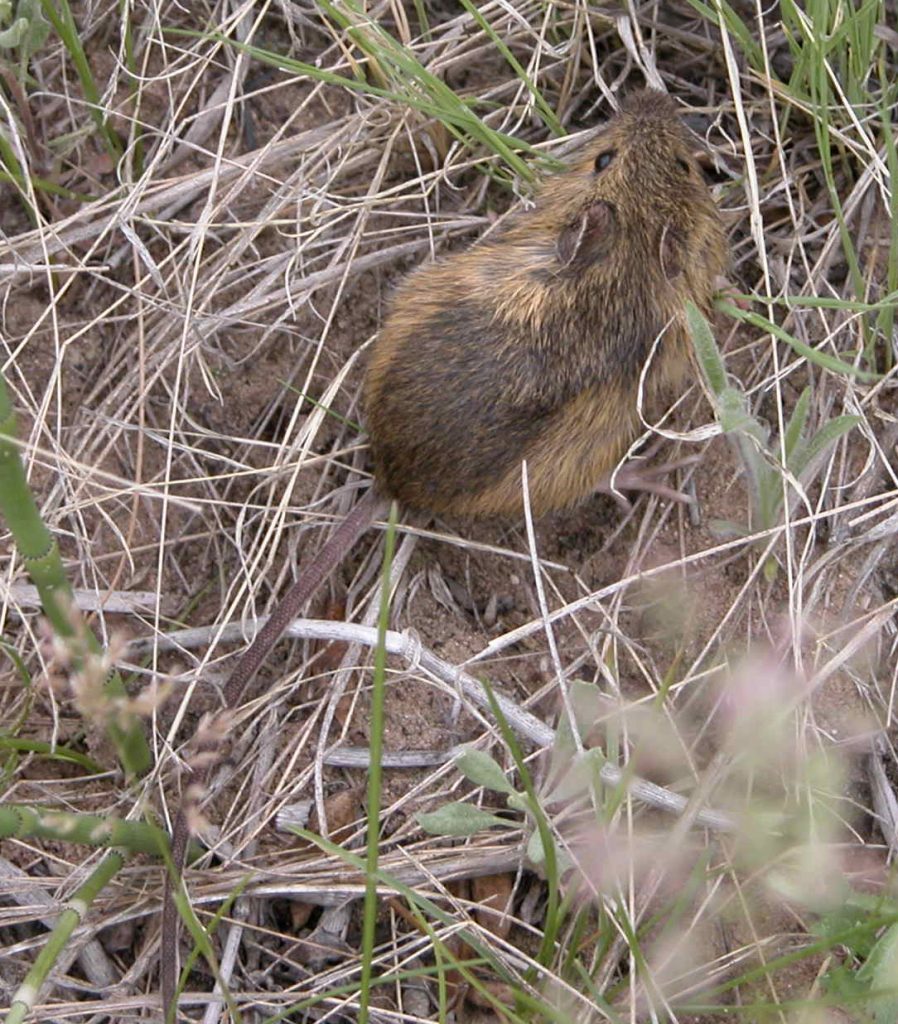
A better look at jumping mice
Youtube video of meadow jumping mouse from Rhode Island
Youtube video of jumping mouse digging a burrow
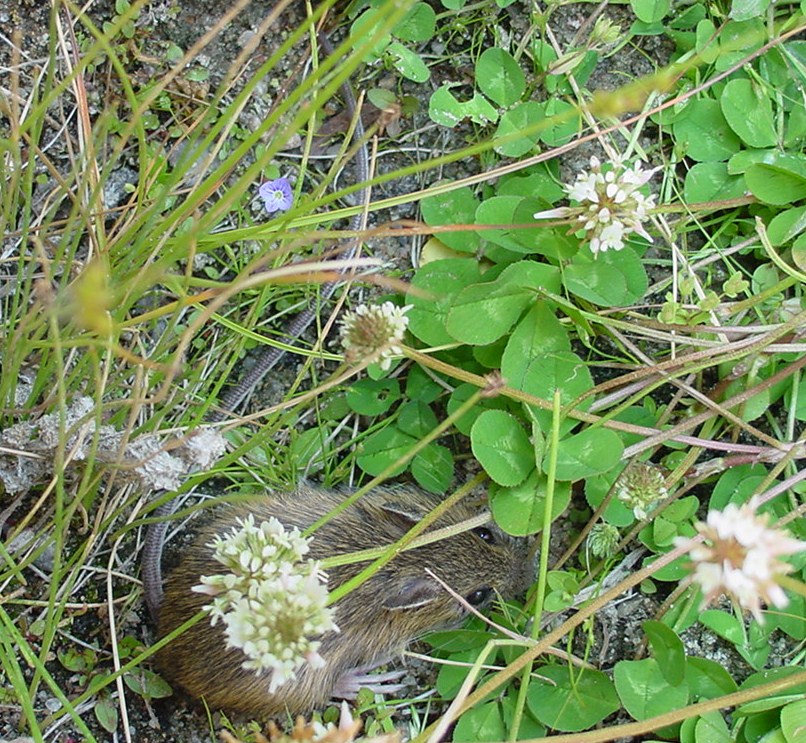
Ecology, movement, and population parameters (U.S. Air Force Academy)
Since 1994 CNHP has worked with the Natural Resources Branch of the U.S. Air Force Academy and the U.S. Fish and Wildlife Service to conserve and manage the Preble’s meadow jumping mouse (Zapus hudsonius preblei) populations on the Academy.
Efforts to understand habitat use and PMJM movement patterns began in 1997 with the use of radiotelemetry. In 1998 a mark-recapture study was initiated along Monument Creek, with the study design being refined in 2000. From 2003 – 2005 fat sampling was conducted to look at composition and quantity of fat stored prior to and after hibernation. In 2007 an occupancy modeling approach was attempted, but capture success was uncommonly low.
Grunau, L., R. Schorr, D. Green, B. Rosenlund, C. Pague, and J. Armstrong. 1999. Conservation and management plan for Preble’s meadow jumping mouse on the U.S. Air Force Academy.
Schorr, R. A. 2001. Meadow jumping mice (Zapus hudsonius preblei) at the U.S. Air Force Academy, El Paso County, Colorado.
Schorr, R. A., and R. Davies. 2002. Grey flesh fly (Wohlfahrtia vigil) parasitism of a Preble’s meadow jumping mouse (Zapus hudsonius preblei). Journal of Wildlife Diseases 38:604-606.
Schorr, R. A. 2003. Meadow jumping mice (Zapus hudsonius preblei) on the U.S. Air Force Academy, El Paso County, Colorado: Populations, Movement, and Habitat from 2000-2002.
Schorr, R. A., P. M. Lukacs, and G. Forant. 2009. Body mass and winter severity as predictors of overwinter survival in Preble’s meadow jumping mouse. Journal of Mammalogy 90:17-24.
Schorr, R. A. 2012. Using a temporal symmetry model to assess recruitment and population change in the Preble’s meadow jumping mouse, Zapus hudsonius preblei. Journal of Mammalogy 93:1273-1282.
Schorr, R. A. and B. S. Mihlbachler. 2018. Understanding Habitat Quality for Preble’s Meadow Jumping Mouse: How Survival Responds to Vegetation Structure and Composition. Journal of Fish and Wildlife Management 9:545-553.
Rangewide surveys for Preble’s meadow jumping mouse in Colorado
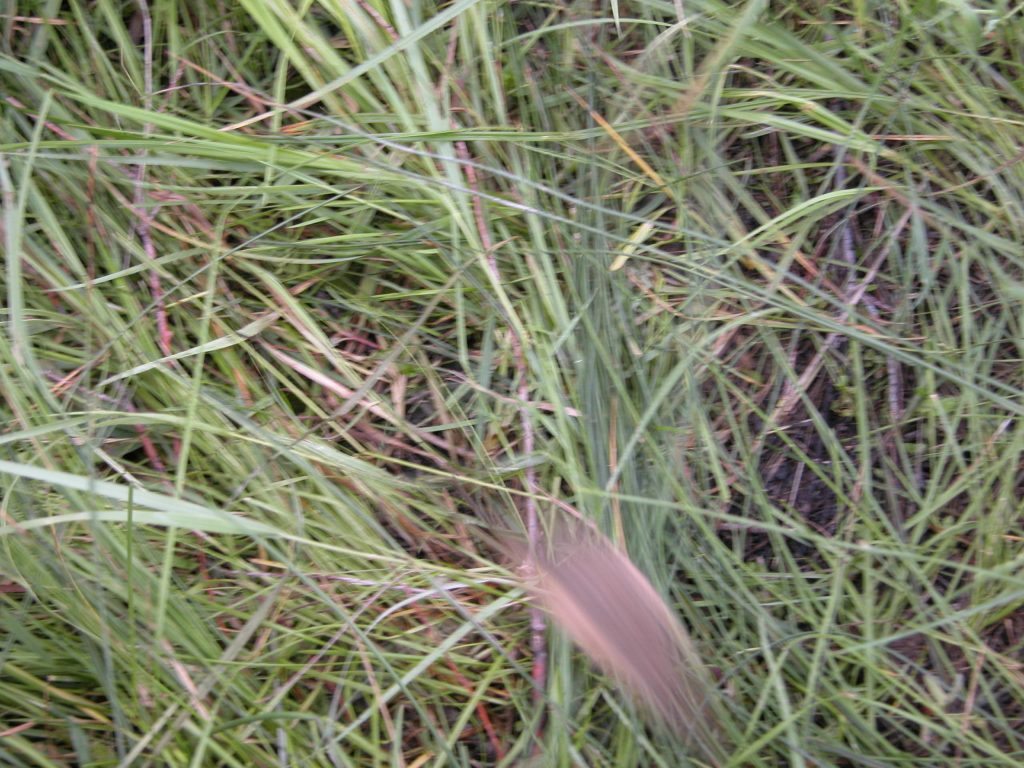
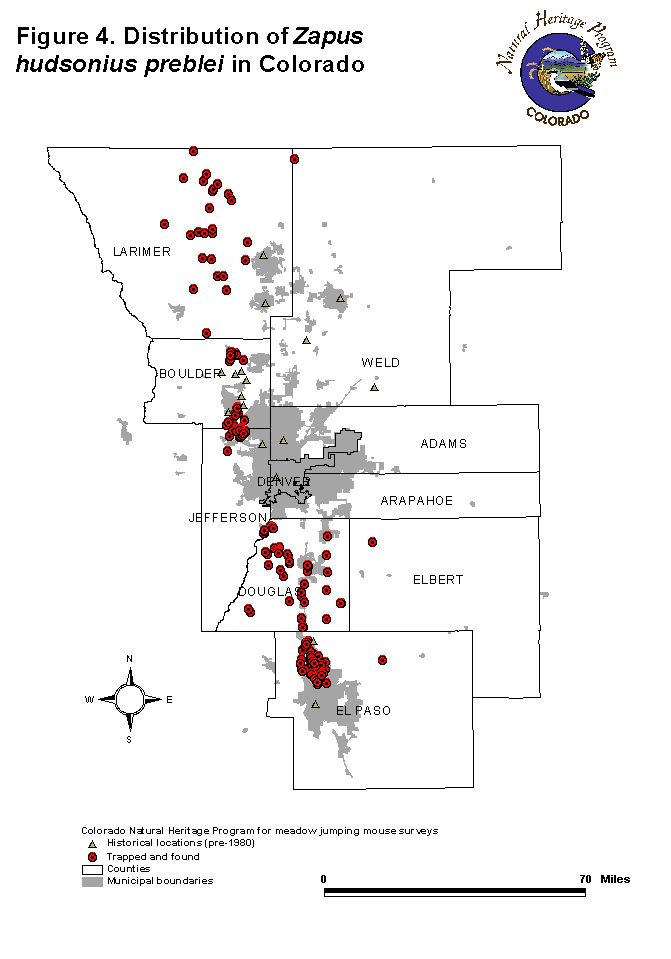
CNHP has sampled much of PMJM distribution and helped to define the current range. In 1997 field crews located the southern known extent in Colorado Springs, and we have continued to sample extralimital areas in Pueblo County, Teller County, Fremont County, and Larimer County.
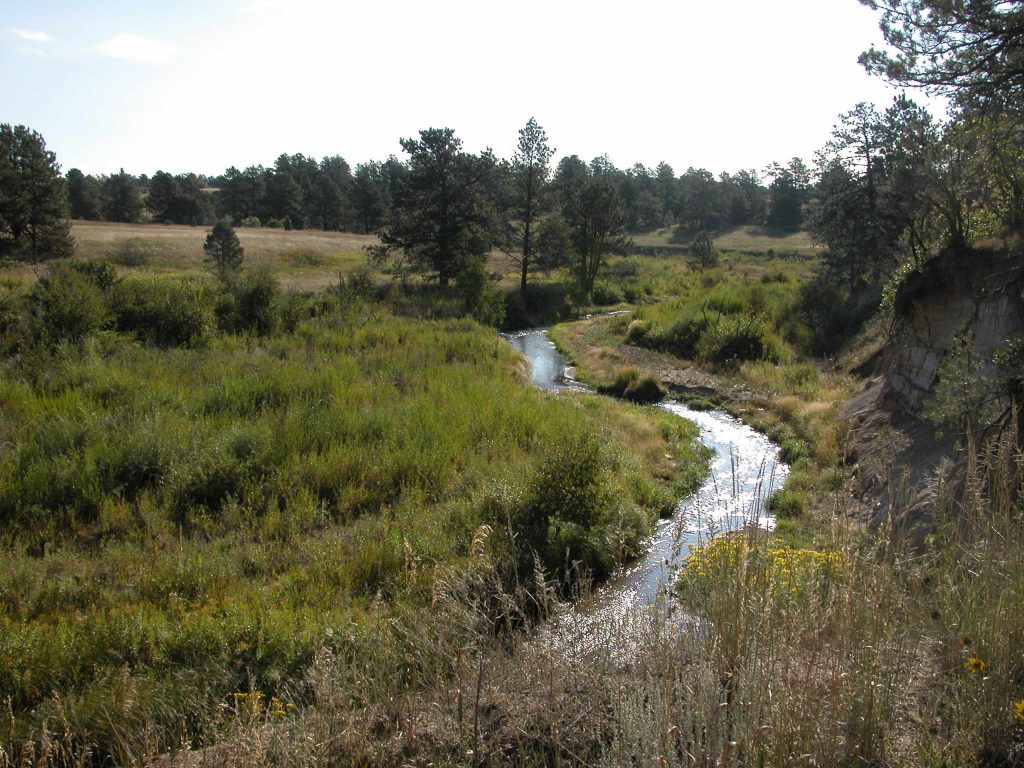
PMJM LINKS/NEWS
1998 Times article The mouse that roared
USFWS PMJM website: http://www.fws.gov/mountain-prairie/species/mammals/preble/
The genetics controversy:
2004. NY Times article Debate swirls around the status of a protected mouse
2005. Ramey et al. Genetic relatedness of the Preble’s meadow jumping mouse (Zapus hudsonius preblei) to nearby subspecies of Z. hudsonius as inferred from variation in cranial morphology, mitochondrial DNA and microsatellite DNA: implications for taxonomy and conservation. Animal Conservation 8:329-346.
2006. King et al. Comprehensive genetic analyses reveal evolutionary distinction of a mouse (Zapus hudsonius preblei) proposed for delisting from the US Endangered Species Act. Molecular Ecology 15:4331-4359.
2006. King et al. Microsatellite DNA markers for assessing phylogeographic and population structure in Preble’s meadow jumping mice (Zapus hudsonius preblei) and cross-amplification among neighbouring taxa. Molecular Ecology Notes 6:670-673.
2006. Vignieri et al. Mistaken view of taxonomic validity undermines conservation of an evolutionary distinct mouse: a response to Ramey et al. (2005). Animal Conservation 9:237-243.
2009. B. J. Brosi and E. G. Biber. Statistical inference, Type II error, and decision making under the US Endangered Species Act. Frontiers in Ecology and Environment 7:487-494.
MEDIA
2003. Justice Talking. Of mice and men. PMJM and Rob’s interview starts around 2:15 in.